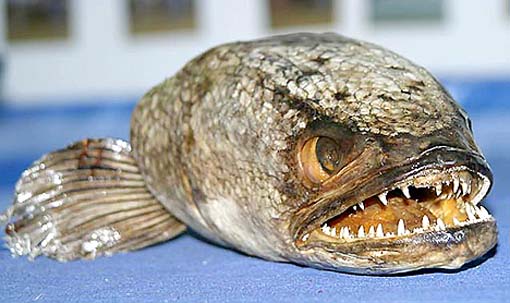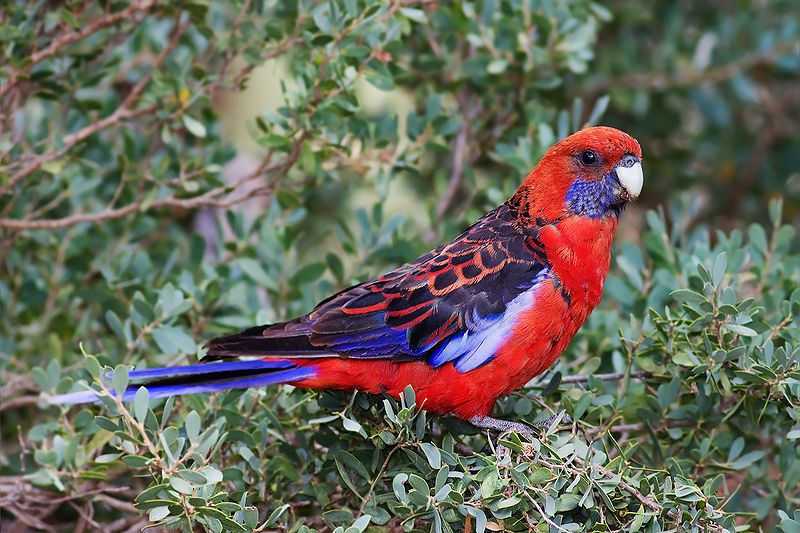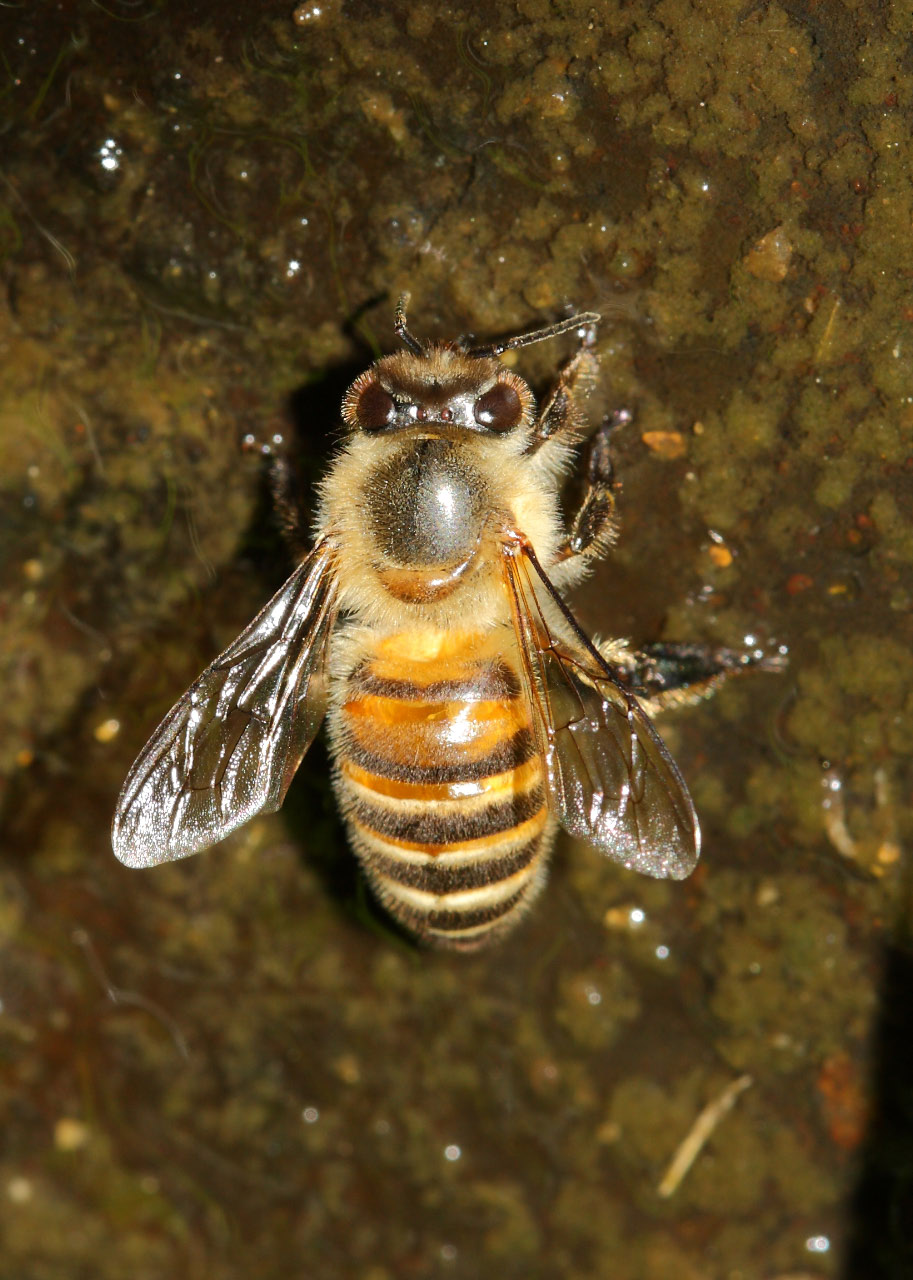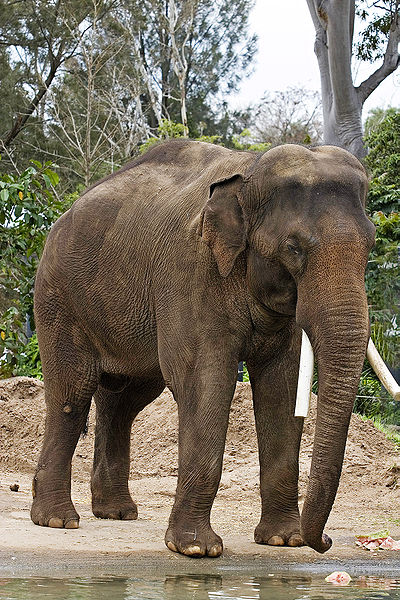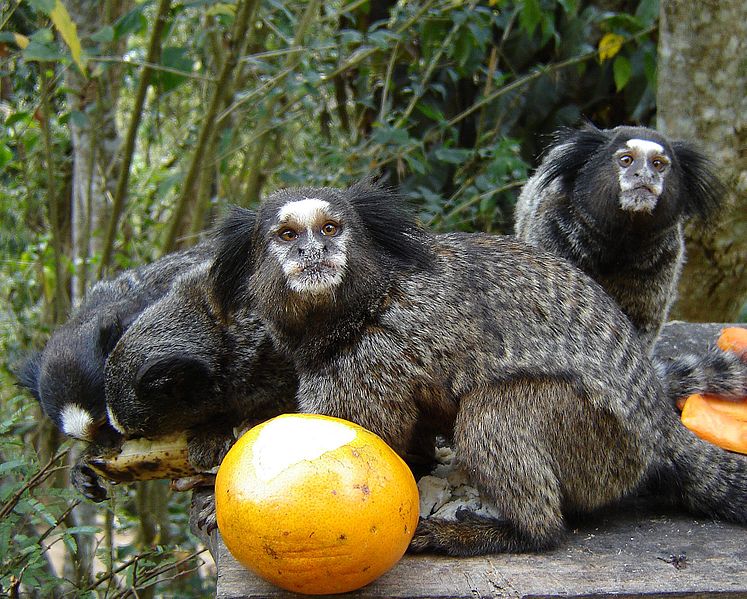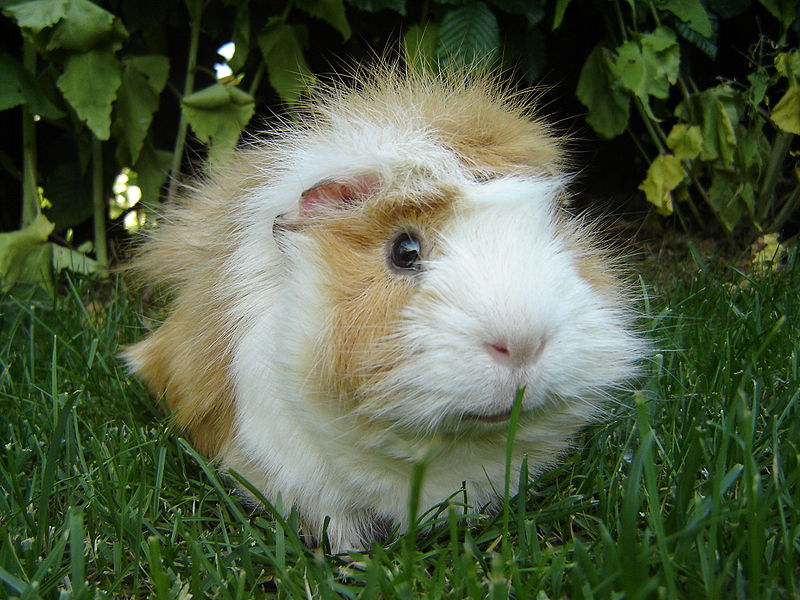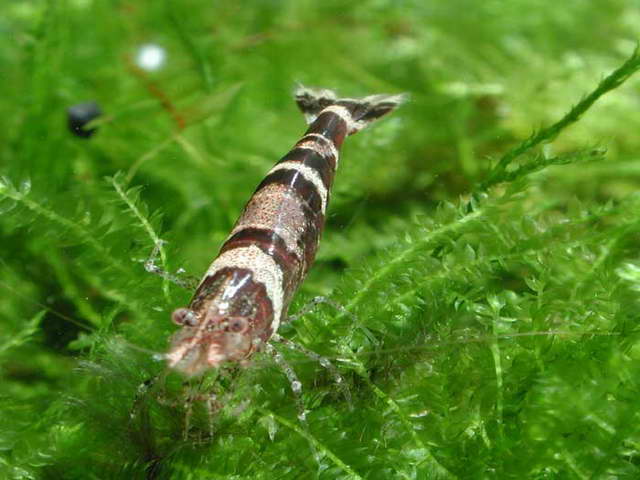
I hope you had your coffee this morning as you will need to be alert for today’s Wild Fact, otherwise, you may very well miss out on seeing the very impressive Ninja Shrimp. This little guy is known amongst the pet industry as a crafty individual. In fact, I bet he can even out perform the amazing David Copperfield. Why else would this tiny shrimp be compared to the elusive and stealthy ninja? So let’s finish up our coffee (maybe grab an energy drink) and lets see if we can shed some light on Ninja Shrimp’s magic tricks.
The Disappearing Act
Okay, so why the comparison to the ninja? Well, this shrimp is able to easily and effortlessly change their colour and vanish into thin air. How do they rapidly change colours? To be honest, I am not 100% sure but I do know they are capable of turning to different shades of yellow, brown, blue, red, grey and black, allowing them to blend in with just about any environment. Not a bad way to escape a scary situation and considering how tasty shrimp are….I am sure they have plenty of scary situations.
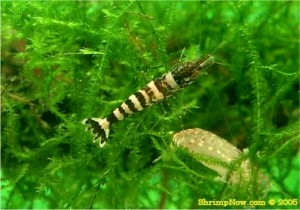
A Favourite Among Pet Owners
Not surprising is the fact that the Ninja Shrimp is a favourite among pet enthusiasts…well, the dedicated shrimp enthusiasts. Yes, believe it or not they exist and it is actually a pretty big community. I know, I was just as surprised as you. The colour changing trick coupled with the ease of feeding makes this a stealthy pet ideal for advanced shrimp owners. Unfortunately, almost 100% of the pets are taken directly from the wild as breeding them can be a little tricky. Luckily, this hasn’t diminished the population, however, if the trend of owning these magic shrimp increases then their population may very well begin to decrease. Let’s just hope it doesn’t catch on.
Ninja Shrimp Fast Fact
Besides being named after the stealthiest people in the world, this little colour-changing shrimp is also known as the Christmas Shrimp and the Honey Shrimp. When they are not hanging out in an enthusiasts aquarium, they can be found living in freshwater systems throughout Asia. Unless they are breeding, in which case they will be found socializing in salt water systems throughout the Asian continent.

